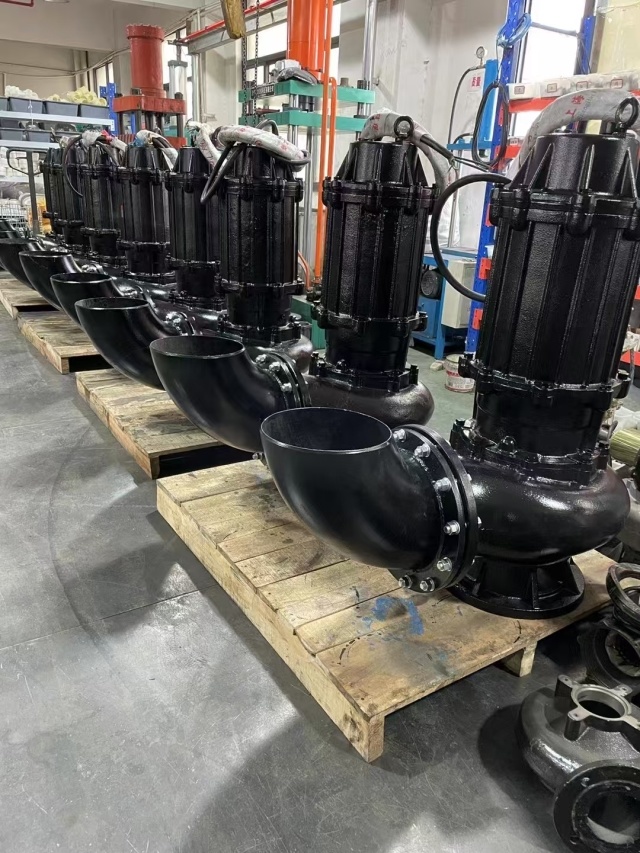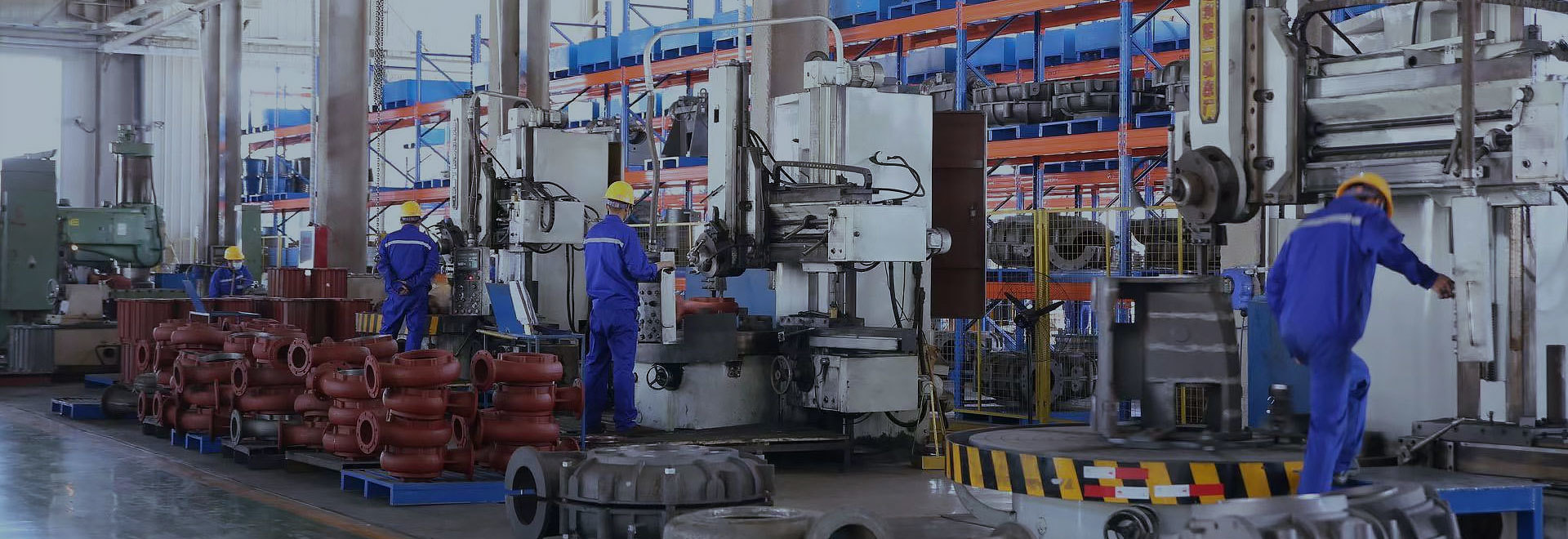Submersible Sewage Pumps vs. Grinder Pumps: Choosing for Industrial Effluent
Published:
Jun 20,2025

Submersible vs. Grinder Pumps: 5 Key Differences That Prevent 89% of Industrial Pump Failures 
Choosing between submersible sewage pumps and grinder pumps directly impacts your industrial effluent management costs, maintenance frequency, and system reliability. While submersible sewage pumps handle moderate solids through centrifugal force, grinder pumps use rotating blades to macerate heavy solids—a critical difference affecting their solids handling capacity , energy efficiency, and suitability for different industrial applications. This comparison reveals how to match pump technology to your facility's specific wastewater composition, flow rates, and pressure requirements to optimize pump efficiency and avoid costly operational failures. Shanglishi industrial pumps provide engineered solutions for both categories, with Shanglishi's corrosion-resistant designs extending service life in harsh effluent environments.
1. How They Work: Cutting vs. Grinding
Submersible sewage pumps and grinder pumps employ fundamentally different mechanisms to move wastewater:
- Submersible Sewage Pumps : Use centrifugal force generated by an impeller to push wastewater. The vortex or channel impeller design handles solids up to 3 inches (76mm) in diameter without clogging. Waste passes through intact but is prevented from settling by high flow velocities.
- Grinder Pumps : Feature rotating cutting blades that shred solids into 1/4-inch (6mm) fragments before pumping. This maceration process transforms rags, plastics, and fibrous materials into slurry, preventing pipe blockages in pressurized systems.
2. Industrial Uses: Where Each Pump Excels
The wastewater composition and system design determine optimal pump selection:
Submersible Sewage Pump Applications
- Municipal Wastewater Plants : Handling untreated sewage with diverse solids at flow rates exceeding 1,000m³/h
- Chemical Processing : Transferring abrasive-laden effluent where blade wear would compromise grinder pumps
- Flood Control : Rapid dewatering of stormwater basins and construction sites requiring high-volume transfer
Grinder Pump Applications
- Textile Manufacturing : Macerating fabric scraps and fibrous waste that would wrap around standard impellers
- Food Production : Processing plants with large volumes of organic solids requiring particle size reduction
- Paper Mills : Handling pulp slurry with consistent particle sizes for smooth pipeline transport
3. Performance Face-Off: 6 Key Metrics
Critical performance differences between pump types:
| Performance Metric | Submersible Sewage Pump | Grinder Pump |
|---|---|---|
| Max. Solids Handling | 3" (76mm) diameter solids | Shreds to 1/4" (6mm) particles |
| Pressure Capacity | Up to 70m head (standard models) | 150+ psi for long-distance transport |
| Flow Rate Range | 10–1,000m³/h | 5–200m³/h |
| Energy Efficiency | High at high flows (80–87%) | Lower due to grinding energy loss |
| Noise Level | ≤65 dB (submerged operation) | 75–85 dB (grinding mechanism) |
| Clog Resistance | Vortex impellers resist jamming | Virtually clog-proof post-grinding |
Shanglishi's submersible sewage pumps achieve 15% higher flow efficiency than industry averages through optimized hydraulic designs.
4. Cost Analysis: Upfront vs. Lifetime
Total ownership costs reveal operational advantages:
- Initial Investment : Grinder pumps cost 30–50% more than equivalent HP submersibles due to complex cutting mechanisms
- Energy Consumption : Grinder pumps consume 15–25% more electricity for comparable effluent volumes—a critical factor for 24/7 operations
- Pipe Network Savings : Grinder systems allow smaller diameter pipes (1.25–2"), reducing installation costs by up to 40% in long-distance applications
5. Maintenance: Downtime & Reliability
Maintenance requirements significantly differ:
- Submersible Sewage Pumps : Require quarterly impeller clearance checks to maintain efficiency. Mechanical seals typically last 8,000–10,000 hours in abrasive conditions
- Grinder Pumps : Cutting blades need replacement every 6–18 months depending on solid abrasiveness. Seal failures cause 73% of grinder pump breakdowns
6. How to Choose: 5-Step Decision Guide
Select the optimal pump type using this workflow:
- Analyze Waste Composition : Test for solids concentration, size, and abrasiveness (e.g., metal particles vs. rags)
- Calculate Hydraulic Requirements : Determine needed flow rate (GPM) and pressure (PSI) based on vertical lift and pipe run
- Evaluate Space Constraints : Submersibles eliminate above-ground pump rooms, saving 15–25m² of floor space
- Compare Lifetime Costs : Model 10-year expenses including energy, maintenance, and downtime
- Select Redundancy Strategy : Install backup pumps sized at 100% capacity for critical processes
For textile mills handling stringy waste, Shanglishi recommends grinder pumps with hardened steel cutters. For refinery effluent with sand-laden flows, our abrasion-resistant submersibles provide superior pump efficiency and service life.
Keyword:
SHANGLISHI PUMP GROUP
Department Director: Ms. Wang
Tel: +86-311-82725800/82725629
Email: admin@sls-pump.com
WhatsApp: +86 15830676372
Mobile Website

Mobile Website
Copyright © 2022 SHANGLISHI PUMP GROUP


